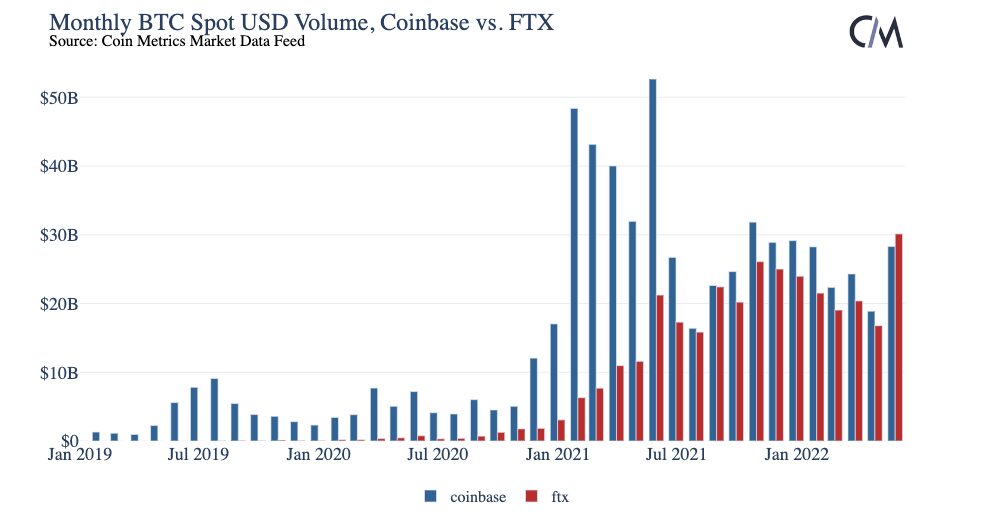On Oct. 11, Caroline Ellison, the former head of the now-defunct Alameda Research, informed a U.S. court that she received instructions from FTX’s co-founder and CEO, Sam “SBF” Bankman-Fried, to sell Bitcoin (BTC) if its price remained above $20,000.
This admission came as a shock to the entire crypto industry, but the two conspiring to suppress BTC price, versus actually doing it are two different things.
While there are no details available regarding the size and timing of these trades, the timeframe likely falls within September and October 2022, just weeks before Alameda and FTX collapsed.
Determining whether Alameda effectively acted to suppress Bitcoin’s price below $20,000, as alleged by some analysts and traders is challenging, if not impossible. Nevertheless, it is possible to assess the significance of FTX’s Bitcoin holdings in comparison to other exchanges and the total trading volume.
Look at the Bitcoin wallets
Currently, the only reliable publicly available information pertains to the BTC wallets that previously constituted the exchange’s reserves, amounting to less than 47,000 Bitcoin by September 2022, according to Glassnode data. It’s possible that Alameda Research held other addresses directly, but given the substantial debt of the trading company, it’s unlikely they had any liquid reserves.
One should not assume that FTX used its entire stack of Bitcoin from users since the exchange continued processing client withdrawals until its final day on Nov. 8, 2022. Moving these assets abruptly would have aroused suspicion, potentially accelerating their insolvency. Nevertheless, it’s worthwhile to investigate the significance of FTX volumes and holdings.

As of July 2022, FTX reported a spot Bitcoin volume of $30 billion, equivalent to $1 billion per day on average. However, relying on these numbers is not advisable, given the exchange’s history of data manipulation, as demonstrated by their falsified insurance fund calculation methodology.
Assuming the sales mentioned by Ellison occurred on FTX, a 4,000 BTC order, valued at $80 million at the time, would represent only 8% of the exchange’s average daily volume. Furthermore, when considering the total Bitcoin volume from major exchanges, Alameda’s speculated order size becomes even more inconsequential.
According to Messari’s “real volume” methodology, which excludes wash trading, the aggregate Bitcoin volume was below $3.5…
Click Here to Read the Full Original Article at Cointelegraph.com News…























